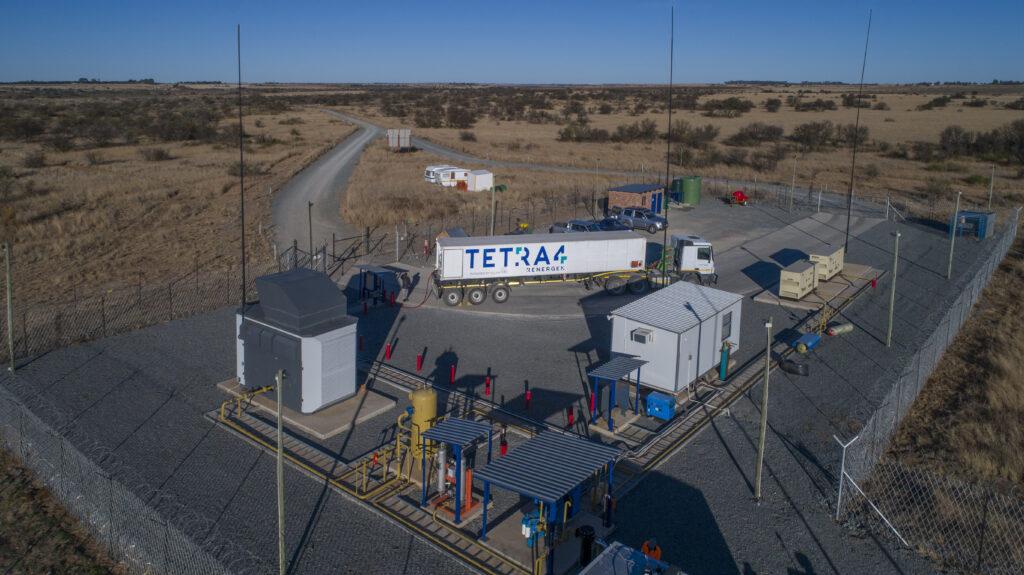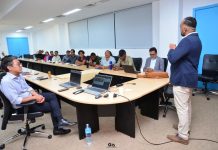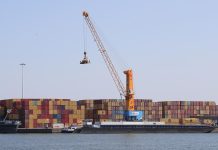Africa-Press – Mauritius. First-phase helium reserves have increased by 620% to 7.2 billion cubic feet(bcf), while first-phase methane reserves jumped by 427%. The maximum prospective reserves of the helium are 350bcf, which exceeds the reserves of the whole US, Renergen CEO Stefano Marani tells The Africa Report.
It’s not possible for Renergen to extract all of it, or for the market to absorb the whole quantity, he adds. The resource can contribute to meeting South Africa’s need for clean energy, Marano says.
“We have a dirty economy, but there’s no […] silver bullet for South Africa’s energy problems. We are going to need a very well-balanced book of energy sources.
When you make an onshore discovery of this much clean, reliable energy in the middle of South Africa, compared to say deep-sea discovery, your ability to share that energy quickly is important.
Renergen is a quick supply. Not difficult to extract. ” Land owned by Renergen covers 4% of the entire landmass of South Africa’s Free State province.
Its facility is called Tetra 4, and Renergen holds 100% of its equity. Tetra 4 has the production right to extract all petroleum products – chiefly natural gas, which contains methane and helium.
Phase 1 of the production is expected to produce 350kg of helium a day in early 2022, with plans to ramp up production to 5 tonnes a day by 2024. “Our three biggest export markets on the horizon are the United States, Europe and China,” Marani says.
Qatar is the biggest helium location in the world, but Renergen says its helium is of bacterial origin, which is unique globally. This could be a key advantage as the world seeks to decarbonise. Renergen’s helium, he argues, could propel a SpaceX rocket launch with a small fraction of the CO2 produced by Qatar’s helium.
The reserves upgrade prompted Blue Gem Research in South Africa to raise its capex forecast to 12.2bn rand ($770m), with a forecast 30% being raised as equity, and the rest through debt and prepaid tokens.
Despite the anticipated equity dilution, Renergen shares, which currently trade at 30.7 rand, are likely to reach a rand value between the mid 50s and mid 60s, Blue Gem says. Mining decline Renergen is entering the helium sector at a time when South Africa’s mining industry is in decline.
There is not much investment going into junior mining in South Africa, says David Gwenzi, assistant professor of natural resources remote-sensing at Humboldt University State University, Colorado.
Unlike in Canada, Chile, and Australia, there are few junior miners exploring and bringing assets into production in South Africa, says Gwenzi, who has worked on geo-spatial mapping in South Africa.
“Our mining industry is dying,” Marano says.
“The reason why those other mining economies have thrived better than us is because all these countries have invested into junior miners.
In contrast, South Africa asset managers only understand fast-moving consumer goods and financial stocks. No one bothers [about] how to learn to value a junior miner.
” Sceptics say Renergen is amassing considerable debt and needs up to $800m to execute Phase 2 of production.
“My view is Renergen’s stock value is an unsustainable boom,” says independent accountant Carter Mavhiza.
“I’m worried about Renergen’s long-term capability to execute the all-important Phase 2 of the helium production.
I’m thinking of Sasol South Africa’s disastrous foray into US gas investments and the ensuing debilitating $5bn debt. ” Renergen has the in-house capability to execute a project of this magnitude, Marano says.
“Lenders wouldn’t lend unless they have done their due diligence. We didn’t go to more aggressive investment banks who push the envelope. Our depth also comes from the US government [and] our lenders.”
For More News And Analysis About Mauritius Follow Africa-Press







